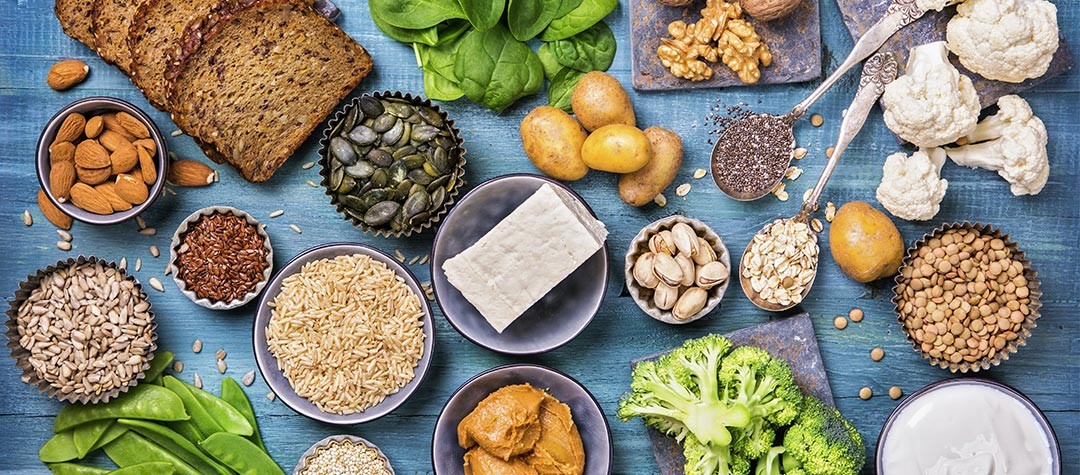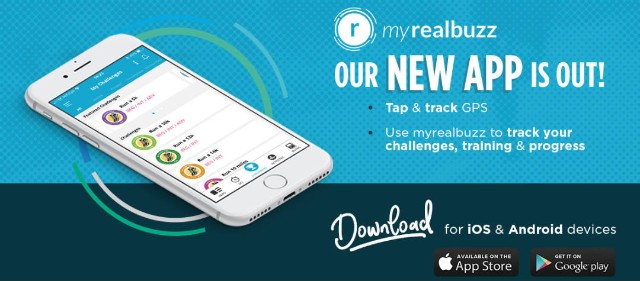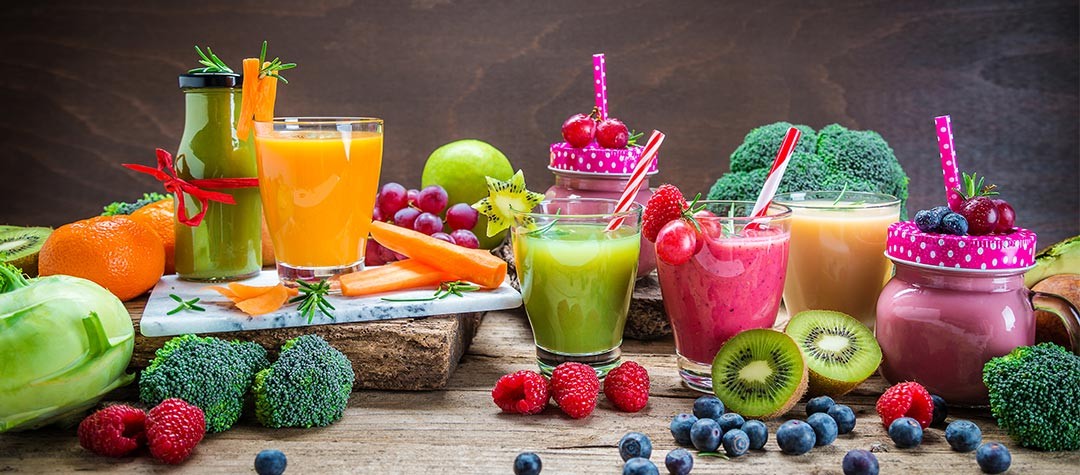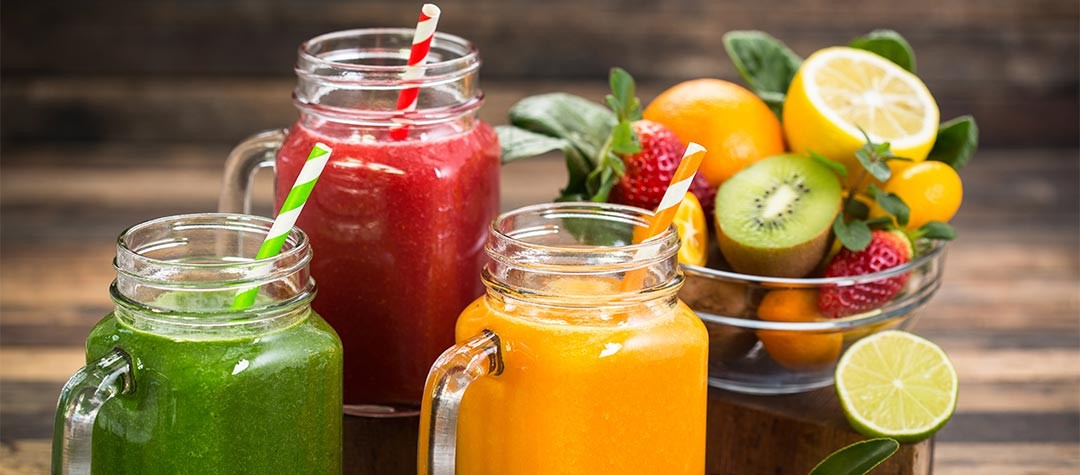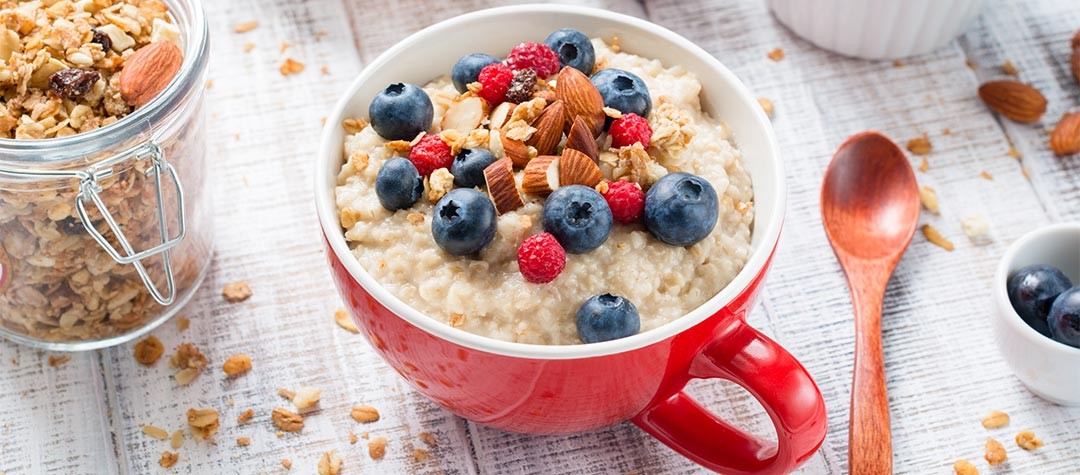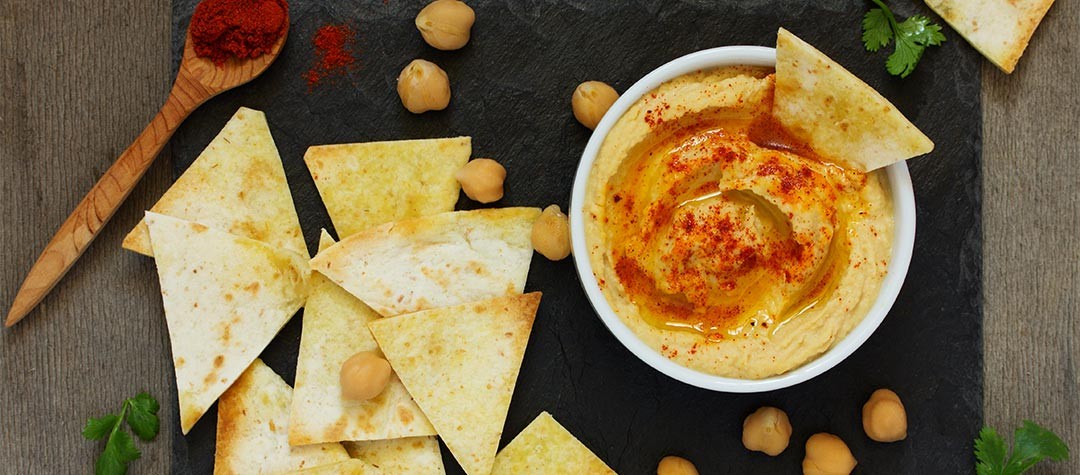It might not come as much of a surprise to hear that the number of us making the switch to a plant-based diet is on the rise, but what’s arguably more interesting is the growth seen within the athletic community.
However, the benefits are clear to see…
When the switch is managed properly, athletes can enjoy improved fitness and performance, increased energy levels as well as benefit from enhanced recovery and injury prevention , all whilst supporting a more environmentally conscious way of living and helping to improve animal welfare at the same time.
So, if you’re thinking of making the change yourself or perhaps have recently adopted a plant-based diet as an athlete, here are some top tips and best practices that should help you take advantage of these benefits and thrive in both your athletic and wider lifestyle.
Let’s kick things off with how to stay on the path…
Understand your reasons
In order to make your switch to a plant-based diet a permanent move, it’s helpful to be very clear on why you’re actually making the change. The great thing about adopting a plant-based lifestyle is that there are multiple benefits and reasons to do so, but having one or two key reasons that aren’t directly linked to your athletic performance can help you stay on track in that sometimes tricky initial transition. For example, one such reason could be supporting animal welfare.
Consuming one animal-based product here and there will do very little to damage your health or affect your performance, and therefore can be tempting in that early phase. However, by recognising that every time you make this kind of decision that you’re going against your stance on being kinder to the animals, it’s much easier to resist temptation and appreciate that each and every decision has some kind of consequence.
To help further with this, surround yourself with inspiring figures in both real life and via social media to keep this reasoning front of mind. It’s being consistent above all else that’ll ultimately allow you to reap the benefits of plant-based eating as an athlete.
Get enough calories
It’s well-known that those who follow a plant-based diet often consume fewer calories than their meat and dairy-eating counterparts, though it’s important to grasp that this can have both positive and negative implications.
As an athlete, you’ll be burning through many more calories than regular and sedentary individuals, and thus need to meet your body’s energy requirements to fuel both exercise and recovery at the end of the day. So, whilst calorie-counting isn’t necessary long-term, when first making the switch to a plant-based diet, it can be helpful to be more mindful of how many calories you’re getting in so that you can be sure you’re consuming enough.
Therefore, in the early stages of your switch, try to make an effort to learn how many calories the foods and meals you eat most regularly contain. This can be done by looking up foods online or reading through the labels on the packaging, making notes or tracking your eating via one of the many apps available for this purpose.
Know your protein sources
A question that many plant-based eaters will be intimately familiar with is “where do you get your protein?” Protein has long been a buzzword within athletic and wider health communities, and whilst its significance is often wildly overstated by those with a vested interest in selling it, it’s undoubtedly important for general health and particularly athletic performance.
Athletes following a plant-based diet need not be inherently worried about getting enough protein to support their body’s needs, but at the same time should know where their protein is coming from and appreciate that they may need to eat a wider range of foods than they were used to previously in order to get all of the nine essential amino acids the body can’t produce on its own.
That’s not to say that there aren’t many plant-based foods considered complete protein sources though! Good examples of foods that are protein-rich include quinoa, soy-based products like tofu, as well as simple meals like rice and beans, peanut butter on toast and chickpea-based snacks such as hummus and pita-bread.
Akin to being more aware of your calorie intake when first switching, try to also be particularly conscious of how much protein common foods that you eat contain and it won’t be long before you know exactly what to turn to when it comes to meeting your daily needs.
Forward planning
Many athletes travel for both training and competition, and maintaining a plant-based diet can get very tricky when on the road and away from your usual routine and access to foods, especially for those new to the lifestyle. Places like motorway service stations and airports that you’ll often find yourself in when travelling can make sourcing convenient plant-based meals very difficult, with many snacks and ready-meals being based around some form of dairy and meat.
The solution is to plan ahead and avoid being reactive when it comes to finding food to eat when on the road. This might simply be a case of researching which shops will be en route and what these shops are likely to sell in terms of practical meals and snacks you can eat. For instance, airports will usually list which shops they have in the terminals on their website or will be able to tell you over the phone. The more you travel as a plant-based athlete, the better sense you’ll have of which shops to look for that offer the best choice.
The most robust option is to make food ahead of time (in something like a Tupperware container) and taking it with you as you travel. Whilst this isn’t the most convenient option and takes more time initially, it’ll almost guarantee to save you from going hungry or having to give in to non-plant-based options when you find yourself with little to no choice. Besides, this isn’t something you’ll have to do every day and it’ll get easier each time you do it!
Are you an experienced plant-based athlete with your own tips and suggestions? Let us know your advice for new converts by leaving a comment below.

